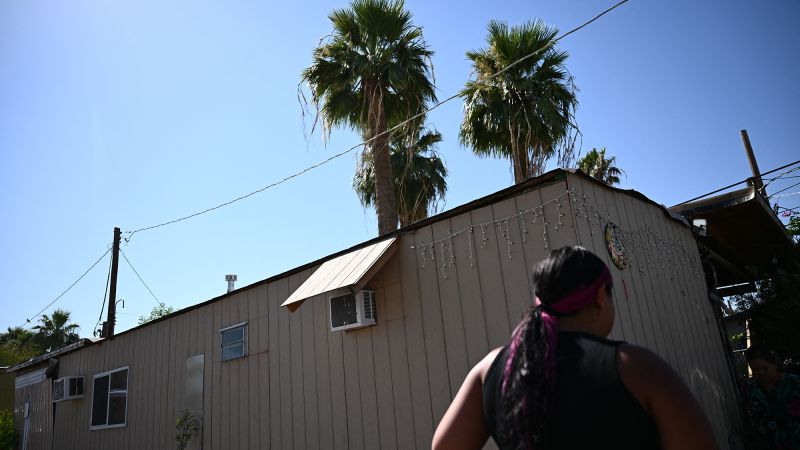CNN
—
Keeping cool could cost a lot more this summer — yet another financial squeeze for many inflation-weary consumers.
Americans can expect to shell out a record $784, on average, to cool their homes from June through September, according to a new analysis by the National Energy Assistance Directors Association and the Center for Energy Poverty and Climate. That’s up 4.2% from the same period last year and 14% higher than 2020, when folks only paid an estimated $688, after accounting for inflation.
The tab is projected to rise both because electricity prices are increasing faster than inflation and another hot summer is in the forecast, said Mark Wolfe, executive director of the association, which examined summer cooling costs since 2014.
Residents of New England and the Midwest will be hit especially hard, with costs projected to increase between 13% and 18% from last year. Only those living in the Pacific, who were expected to shoulder a spike in cooling bills last summer, could catch a break — with costs forecast to decline nearly 7%.
Although inflation has become more muted in recent years, prices remain high and household debt is on the rise. What’s more, escalating costs for both winter heating and summer cooling are putting pressure on Americans’ wallets year-round. Heating bills this past winter, which was a cold one, were expected to jump nearly 9%, according to the association.
“People don’t get a chance to catch up,” Wolfe said.
More than 21 million Americans — about one in six — are behind on their energy bills, the association estimates. Consumers owed their utility companies a total of $24 billion in March, up from $17.5 billion in January 2023.
For some people, particularly those with lower incomes, rising costs can have severe consequences — especially if they are more reluctant to turn on the air conditioning. Heat-related deaths are on the rise, with just over 2,300 people succumbing in 2023, the hottest summer on record, compared to fewer than 1,200 in 2020, according to a study published in the medical journal JAMA.
“Without access to affordable cooling, many will be at risk of heat stroke and other health impacts associated with rising temperatures,” Wolfe said.
At the same time, the federal Low Income Home Energy Assistance Program, which helps about 6 million Americans afford their utility bills, does not have enough funding to aid all those who qualify. LIHEAP is doling out $4.1 billion this fiscal year, down from $6.1 billion two years ago, when Congress provided additional support in the wake of soaring energy prices during the Covid-19 pandemic.
Only 26 states offer summer cooling assistance through LIHEAP, Wolfe said.
In his budget blueprint, released earlier this month, President Donald Trump proposed eliminating the program. The White House said it isn’t necessary in part because states have policies preventing utility disconnections for low-income residents, which it argues means LIHEAP mainly benefits utilities.
Only 19 states and the District of Columbia offer summer shutoff protections, covering about half the US population, Wolfe said. And in many of them, the rules are outdated and inadequate.

